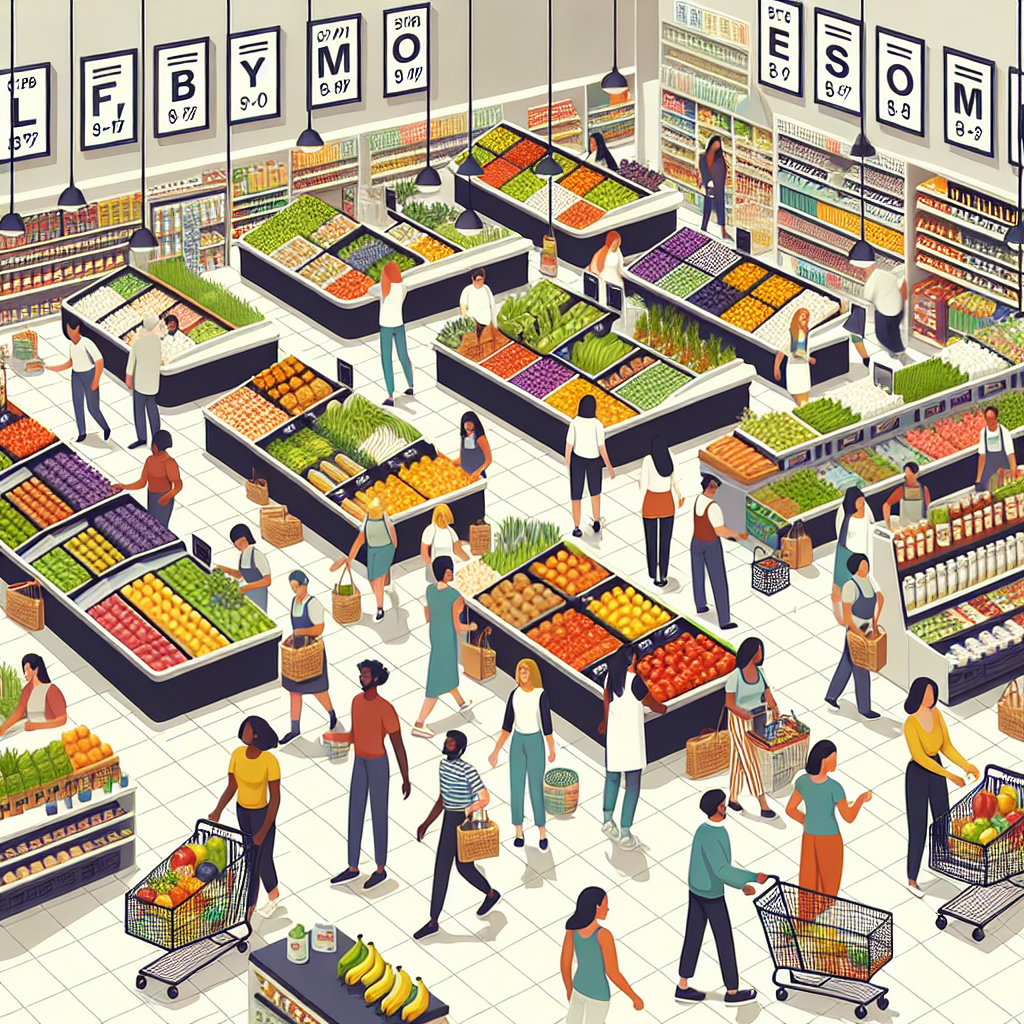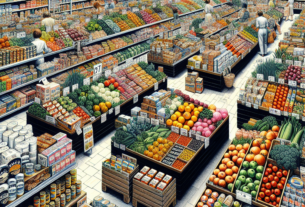The State of the Global Grocery Retail Industry in 2025: Trends, Challenges, and Opportunities
The grocery retail industry has undergone significant transformation in recent years, with the rise of e-commerce changing the way consumers shop for groceries. Online grocery sales have been growing rapidly, driven by convenience, changing consumer preferences, and technological advancements. In this report, we will explore the evolution of grocery retail and the growth of e-commerce worldwide, comparing online and offline grocery retail, analyzing market trends, and discussing the challenges and opportunities facing the industry in 2025.
Online vs. Offline: A Comparison of Grocery Retail
Online grocery retail has been gaining traction in recent years, with more consumers opting to shop for groceries online due to the convenience and time-saving benefits it offers. According to a report by CulinaryCoverage.com, online grocery sales are expected to reach $550 billion globally by 2025, representing a significant portion of the overall grocery retail market.
Offline grocery retail, on the other hand, continues to be the dominant channel for grocery shopping, accounting for the majority of grocery sales worldwide. Traditional brick-and-mortar stores offer a unique shopping experience, allowing customers to see, touch, and feel the products before making a purchase. However, the growth of e-commerce has posed a challenge to traditional retailers, forcing them to adapt and innovate to stay competitive in the evolving market.
Market Share and Volumes
The online grocery market is dominated by a few key players, including Amazon, Walmart, and Alibaba, who have invested heavily in building a robust e-commerce infrastructure to support their grocery businesses. These companies have captured a significant market share in the online grocery retail space, leveraging their existing customer base and logistics capabilities to drive sales and growth.
In contrast, traditional grocery retailers face increasing competition from online players and must find ways to differentiate themselves and attract customers. Many brick-and-mortar stores have started offering online shopping and delivery services to meet the changing demands of consumers and stay competitive in the market.
Financial Performance
The financial performance of online grocery retailers has been strong in recent years, with companies like Amazon and Alibaba reporting significant revenue growth from their grocery businesses. Amazon, for example, reported a 25% increase in online grocery sales in 2024, driven by strong demand for fresh and organic products.
Traditional grocery retailers, however, have faced challenges in adapting to the changing market dynamics, with many struggling to compete with online players on price, selection, and convenience. Some traditional retailers have seen declining sales and profits as a result of increased competition from e-commerce and changing consumer preferences.
Future Plans and Strategies
Looking ahead, both online and offline grocery retailers are focusing on innovation and technology to drive growth and stay competitive in the market. Online retailers are investing in artificial intelligence, machine learning, and data analytics to personalize the shopping experience and improve customer engagement. Offline retailers, on the other hand, are exploring ways to integrate technology into their stores, such as self-checkout kiosks, mobile apps, and digital signage, to enhance the shopping experience and attract new customers.
In addition, both online and offline retailers are expanding their product offerings and services to meet the changing needs of consumers. Online retailers are increasing their selection of fresh and organic products, while offline retailers are introducing new services like meal kits, ready-to-eat meals, and cooking classes to attract customers and drive sales.
Conclusion
In conclusion, the grocery retail industry is undergoing a period of significant change and evolution, driven by the growth of e-commerce and changing consumer preferences. Online grocery sales are expected to continue to grow rapidly in the coming years, posing challenges and opportunities for both online and offline retailers. By embracing innovation and technology, investing in customer experience, and adapting to the changing market dynamics, grocery retailers can position themselves for success in the evolving landscape of grocery retail.



